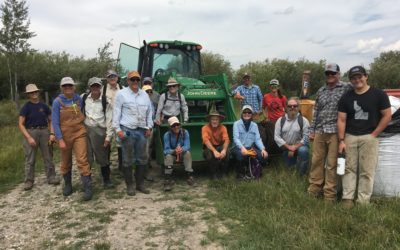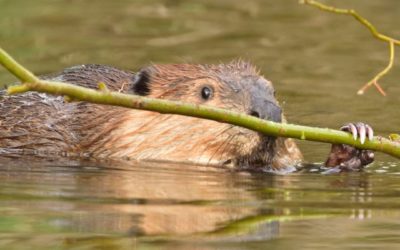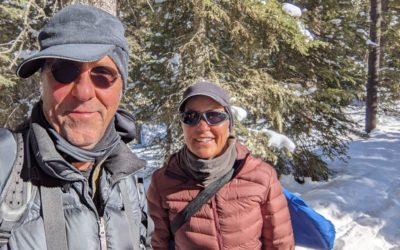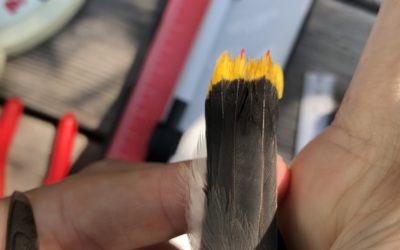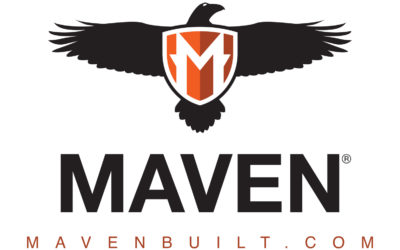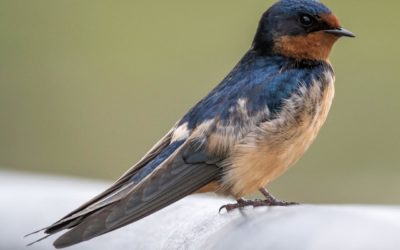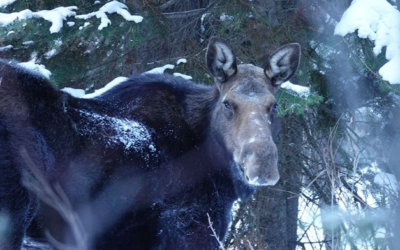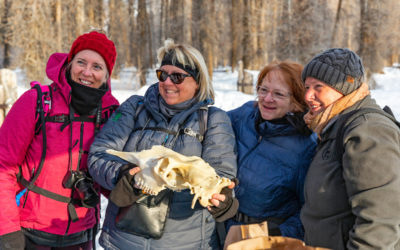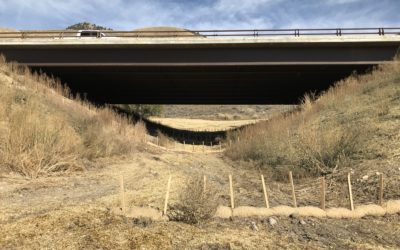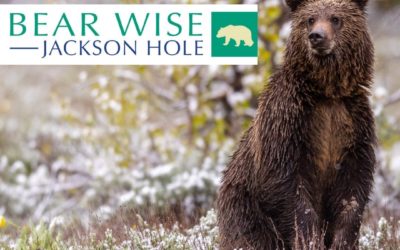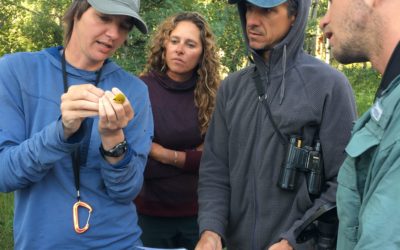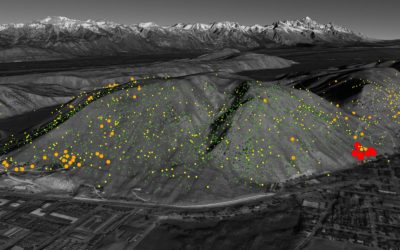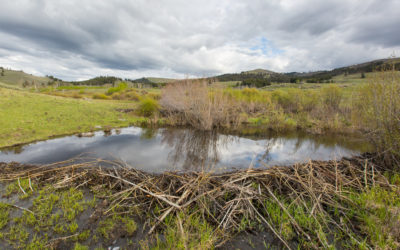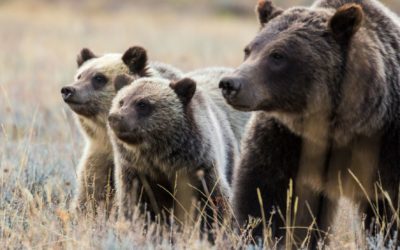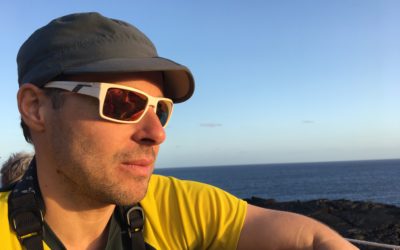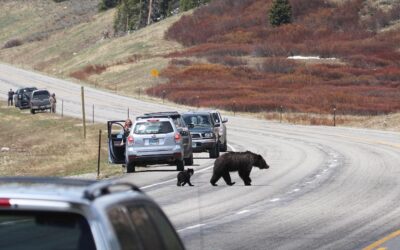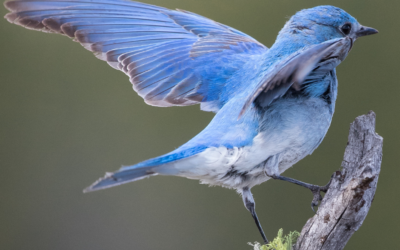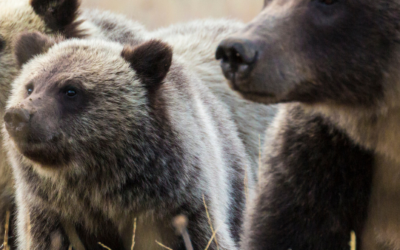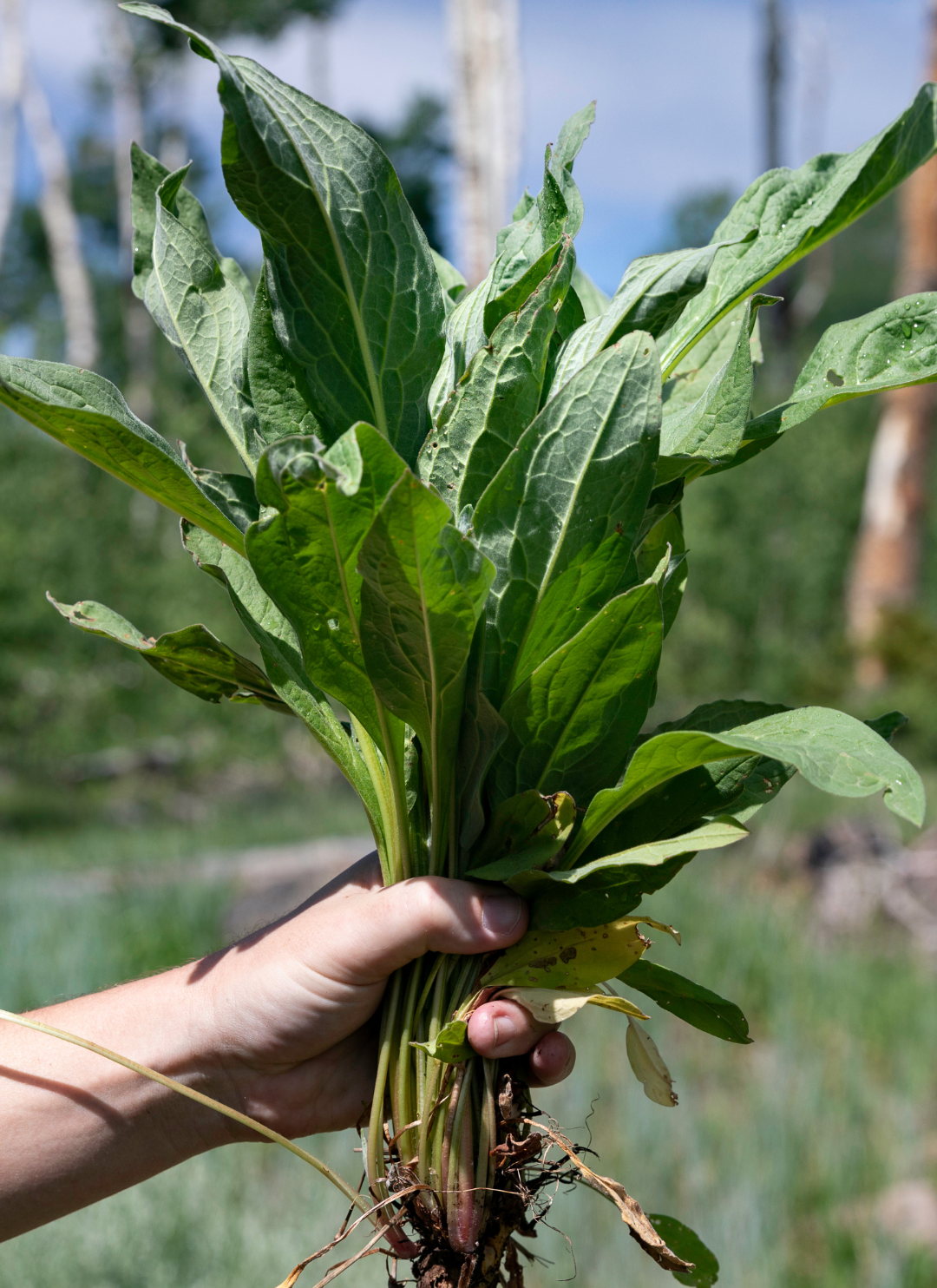
Creating Healthier Foraging for Wildlife
While it is always good to eat your vegetables, wildlife thrives on native plants. Invasive weed removal re-establishes a healthy foraging environment for wildlife.
Jackson Hole Wildlife Foundation is committed to treating invasive weeds annually, and we have “adopted” Coburn Meadows, an area wildlife frequently utilize in Jackson’s Bridger-Teton National Forest.
While a popular recreation destination, Coburn Meadows faces challenges from invasive plant species. The Forest Service relies on volunteer efforts to combat the spread of these plants to preserve the natural beauty and ecological health of this important habitat. Without volunteers assisting the long-term management of weed removal at this location, the effort would not be done effectively, if at all. JHWF returns to this exact site several times during the year to manage invasive species and maintain the indigenous landscape.
I WANT TO VOLUNTEER >>
Pesky Plants: What Weeds to Remove and How to Do It
Target Species:
Musk and Bull Thistle: Remove musk thistle using a shovel to chop the root at least 1-2 inches below the soil. If the thistle has yet to flower, it is appropriate to leave the plant on the ground. If the thistle has bolted, and any purple/pink color of the flower is showing, cut the head off, bag, and remove from site.
Houndstongue: Use the same technique as above. If the flower is showing or the plant has already gone to seed, bag and remove these parts of the plant. In previous years, plant skeletons still had viable seeds attached, and they should also be removed. Houndstongue seeds have Velcro-like properties that aid in their dispersal. Check clothes, socks, hair, gloves, tools, etc. for potential “hitchhikers.”
Working Outside
We will provide a water cooler and snacks. Please bring a lunch of your own.
Always expect to be working on uneven ground and to be working in vegetation. You should wear layered clothes, long pants, sturdy shoes, and bring a jacket. Sun protection (hat, sunglasses, and sunscreen lotion) and bug spray is highly recommended. JHWF will provide work gloves and shovels on site. If you prefer to supply your own garden gloves, feel free todo so. Bring your bear spray and wear it on you!
Waivers and Liability: Prior to participation we ask each volunteer for the 2024 season to please sign (once) and return our general liability waiver here.
What to Bring with You
-
Long sleeved pants and shirt
-
Jacket or raincoat
-
Boots
-
Gloves
-
Hat
-
Sunscreen
-
Water
-
Food
-
Bear Spray
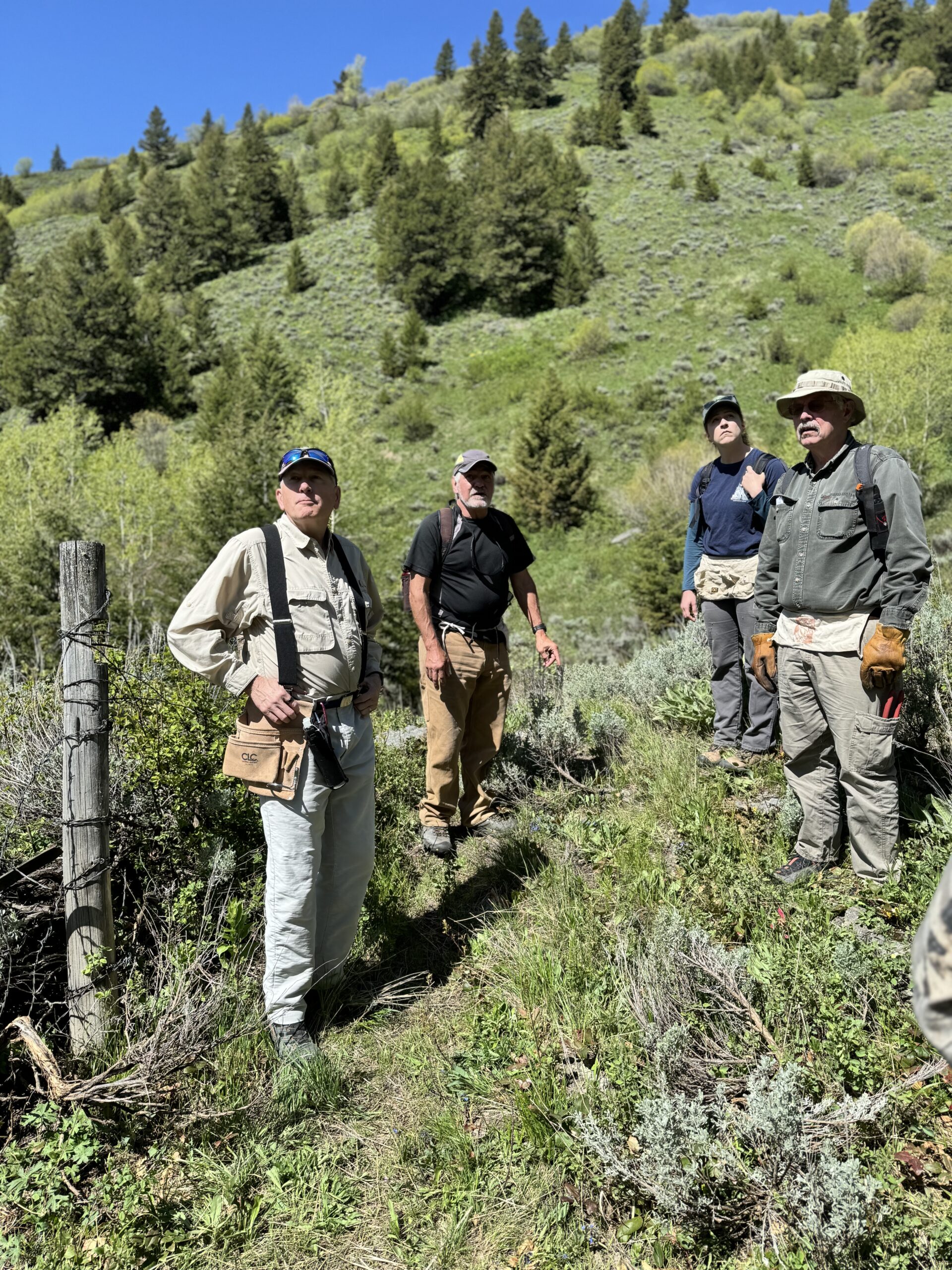

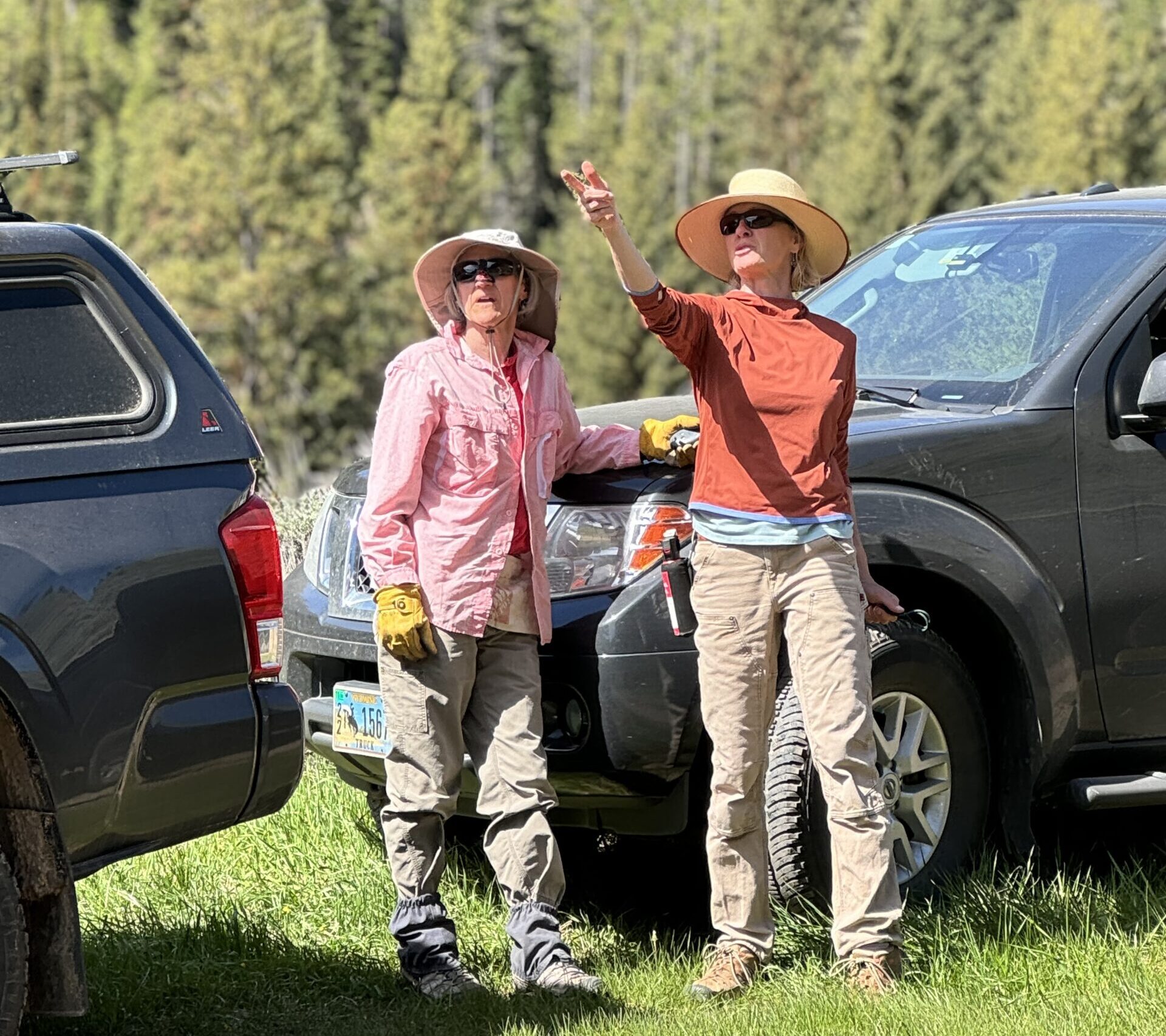
How to get to the Meadows
Volunteers coming from north/Jackson will meet in the Smith’s parking lot (SE corner) at 8:00 AM. For those coming from other directions or who would simply rather drive directly to the project location, the directions are:
From Jackson: take Highway22 to Wilson, then turn left onto Fall Creek Road. Stay on Fall Creek Road for approximately 15 miles. Turn right into Coburn Meadow.
From south of Jackson: turn onto South Fall Creek Road off Highway 89, across the road from Pritchard Boat Ramp. Drive approximately 4 miles to Coburn Meadow making sure to veer left once there’s a fork in the road (stay on S. Fall Creek Rd.) Turn left into Coburn Meadow.
The site is recognizable by a large gravel lot, signage, and designated tent sites. The road is accessible to most vehicles, but note that it is a typical, bumpy dirt Forest Service road.
We’ll aim to start working on the project at 9:00 AM and will likely finish before lunchtime depending on the number of volunteers.
JHWF’s Blogs
Won’t You Join us in Celebration?
By the JHWF Staff As wildlife conservation professionals, we remind ourselves to celebrate the successes. Sometimes we get so wrapped into understanding and mitigating the challenges facing wildlife that we feel frustrated. In these moments, it is sometimes in our...
Beaver Project
By Jeff Burrell and Hilary Turner Jackson Hole Wildlife Foundation is excited to announce a new partnership with beaver researcher and hydrologist Jeff Burrell and a new project for interested Nature Mappers – Beaver Project! In Beaver Project, Nature Mappers will...
A Weekend on the Wind River Indian Reservation
By Charlie Brandin The great debate - bison or buffalo? I spent last weekend at the Wind River Indian Reservation learning how western science (which classifies the animal as bison) and indigenous knowledge (which classifies it as buffalo) come together for an...
Nature Mapper Profile: Meet Kathy O’Neil and John Norton!
By Hilary Turner As Nature Mapping Jackson Hole nears its landmark 1000th certified Nature Mapper, I thought it would be fun to write an article featuring a couple of newer Nature Mappers who were just trained in the last year. Many of you have participated in Nature...
Meet our Summer Bird-Banders
This year, Vicki Morgan and Kevin Perozeni will head up our MAPS bird-banding stations at Boyle's Hill and the Kelly Campus of the Teton Science Schools. Vicki will be returning for her third summer in a row, while Kevin will be joining us for the first time! Vicki...
Nature Mapping Summer Challenge with Maven® Binocular Giveaway
Jackson Hole Wildlife Foundation is proud to partner with Maven® Outdoor Equipment Company in a Nature Mapping Summer Challenge! Maven® has graciously donated a pair of C.1 10x42 binoculars (MSRP $425) to the JHWF to be given away to a Nature Mapper who completes the...
Spring Emergents and Arrivals: First of Year (FOY)
Nature Mapping Enews – April 4, 2022 – Written by Frances Clark “I saw my first robin!” “I saw bluebirds!” “Did you hear the sandhill cranes the other day?” “No, but I heard meadowlarks up in Antelope Flats.” “The bears are out.” “Have you seen an...
Moose Day 2022
By Frances Clark A valiant cadre of over 95 volunteers ventured out on a frigid morning to scout for moose with great accomplishment. The latest count, still to be verified, is 94 moose. This compares well with Moose Day 2021 when 109 volunteers recorded 106 moose....
Thanks for a Great Hosted Moose Day!
We'd like to extend a special thank you to all the new participants and visitors who joined us at Rendezvous Park in sub-zero temperatures on the morning of February, 26th for Hosted Moose Day. While only one of our hiking groups spotted a moose, it's important to...
Where does the chicken cross the road? Thoughts on the things we wouldn’t know without your help
By Dr. Hannah Specht, University of Montana Citizen scientists, the world round, invest in data collection on the understanding that this effort will contribute to expanding knowledge and the hope that it will move us forward. The timeline for knowledge expansion, and...
JHWF Receives Bear Wise Jackson Grant
Did you know that Teton County experiences an average of 71 human-bear conflicts per year? Sadly, in 2021 alone, six grizzly bears were euthanized because of human food-conditioning. Now more than ever, we believe bears need our...
Grand Teton National Park’s Bird Program: a Collaborative Approach to Preservation
By John Stephenson, Grand Teton National Park wildlife biologist While people flock to Grand Teton National Park for its spectacular wildlife often hoping for a glimpse of an elusive wolf or grizzly, most visitors are all but guaranteed sightings of remarkable bird...
Why Should I Care About Winter Range?
By Morgan Graham, Teton Conservation District Growing up in Pennsylvania, I was not intimately familiar with the concept of winter range. Seasonal shifts were marked by hundreds of Canada geese gorging on leftover corn and soybeans. Over time more and more of those...
Beavers: We need them but they need our help
By Jeff Burrell - Hydrologist and former director of the Wildlife Conservation Society Northern Rockies Program. Cover Photo from Neil Herbert (Yellowstone National Park) There’s been a growing appreciation of the important role beavers can play in creating and...
Protect our Bears by Keeping Them Wild
Holy cow. I am impressed at the boldness of bear 399. She is a survivor and is imparting this skill and resourcefulness on her four cubs. How did we get from the near extirpation of grizzly bears to bears walking through Jackson? The incredible foresight of the...
Meet the Neighbors to Nature Volunteers
By Hilary A. Turner, JHWF Neighbors to Nature (N2N) is a community science project supported by the Jackson Hole Wildlife Foundation (JHWF) and our partners – The Nature Conservancy of Wyoming (TNC), Friends of Pathways (FOP), and the Bridger-Teton National Forest...
August is for the Shorebirds
Hilary Turner | Nature Mapping Program Coordinator Fall migration is a fun time for birders and it is the only time of year we Wyomingites get to examine many members of one of my favorite groups – the shorebirds. These members of the order Charadriiformes can be...
Help Keep Bears Wild and People Safe on Togwotee Pass
For Immediate Release April 25, 2025 Agencies Call Upon the Public to Help Keep Bears Wild and People Safe on Togwotee Pass Follow Ethical Wildlife Viewing and Photography Practices and Direction of Officials MORAN, WY — —In recent weeks, significant bear jams and...
The Mountain Bluebird: A Welcome Sign of Spring
There are few sights in the Greater Yellowstone Ecosystem more uplifting than the flash of brilliant blue wings cutting across a wide-open field. That’s the male Mountain Bluebird (Sialia currucoides)—a vibrant burst of color against the earthy hues of Wyoming’s...
2025 Bear Season is Here – A Message from Bear Wise Jackson Hole
For Immediate Release March 26, 2025 The 2025 bear season is here We need your continued help to avoid human-bear conflicts JACKSON, WY — Bears across Teton County are becoming active with the spring transition. Adult male grizzly bears begin emerging from their...



